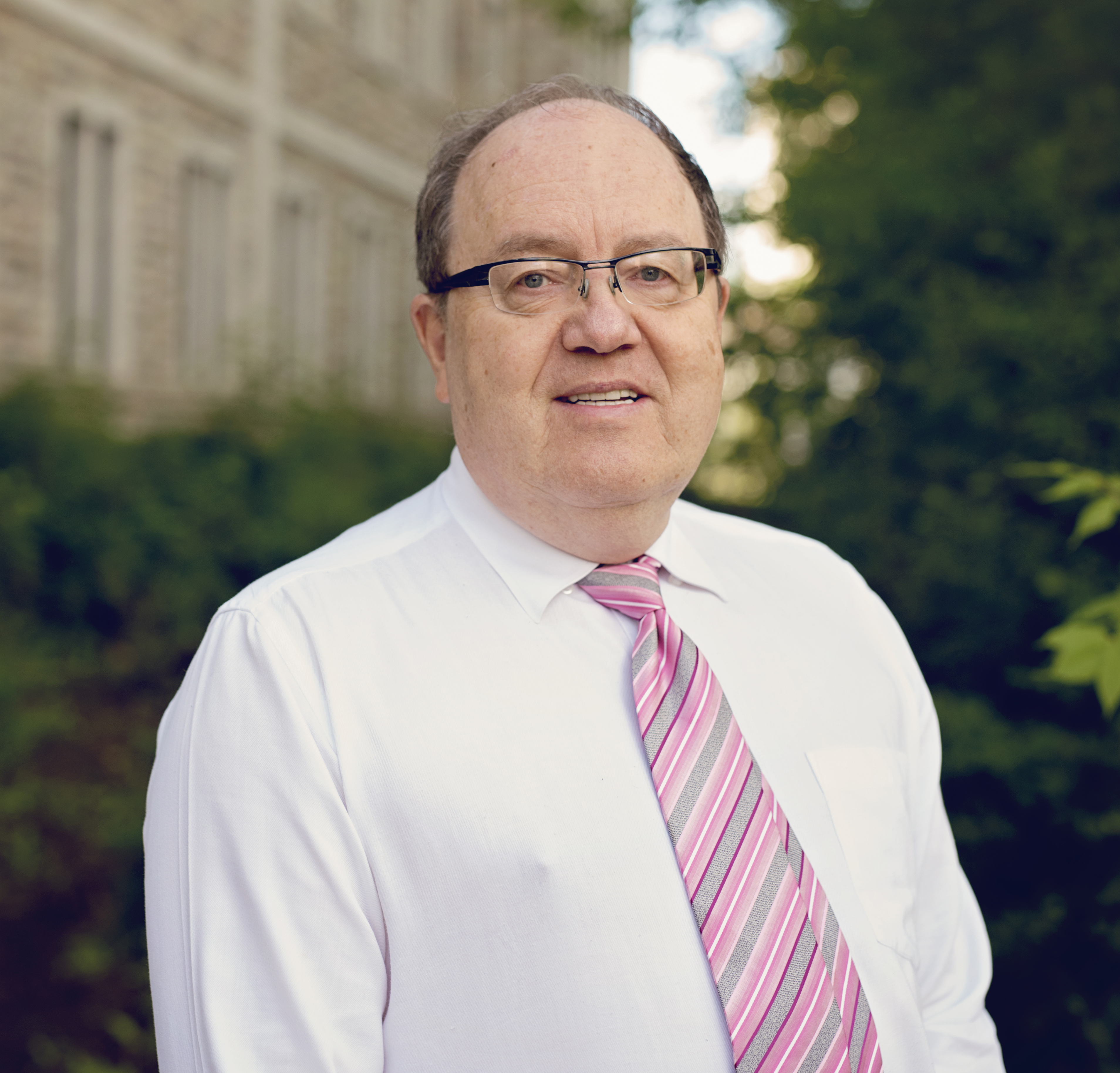About
Dr. Auer did his MD at the University of Alberta, followed by one year of anatomical pathology there. His core neuropathology training was at the University of Western Ontario in London, Canada, followed by 6 months of pediatric neuropathology at the University of Toronto at the Toronto Sick Children’s Hospital.
He spent 4 years in Sweden training as a scientist in basic neurochemistry and neurophysiology and while working on his PhD, discovered evidence that the mechanism of cell death in hypoglycemia is not by glucose starvation but by hyperexcitation of the neuron. On returning to Calgary, Canada he received a 10 year scholarship – a salary award from the Alberta Heritage Foundation for Medical Research and developed a scientific career resulting in him now having an H-Index of 46, which places him at the 97.5% ile in citations of his work.
After 25 years at the University of Calgary and 4 years at a large (454 bed) pediatric hospital, Ste-Justine hospital in Montréal. Dr. Auer moved to Saskatoon in September 2015. He has 125 peer-reviewed publications and has authored a book in forensic neuropathology with his colleague Dr. Manfred Oehmichen from Germany, entitled Forensic Neuropathology and Associated Neurology. In his own laboratory research, Dr. Auer discovered the use of insulin for cerebral ischemia, and has published on hypoxia, hyperoxia, epilepsy, neurotoxicology and brain trauma in the peer-reviewed literature.
His clinical human expertise combined with basic laboratory expertise in hypoxia, stroke, hypoglycemia, epilepsy and brain trauma mean he has been called upon over the years to expert witness duty in 50 medico-legal cases, testifying roughly equally between plaintiff and defense, or prosecution vs. defendant. This has changed recently, with his recent testimony in cases of Shaken Baby Syndrome (or not) resulting in more testimony for defense of families and caregivers wrongly accused.
He enjoys teaching residents, presenting, publishing, and playing squash.

